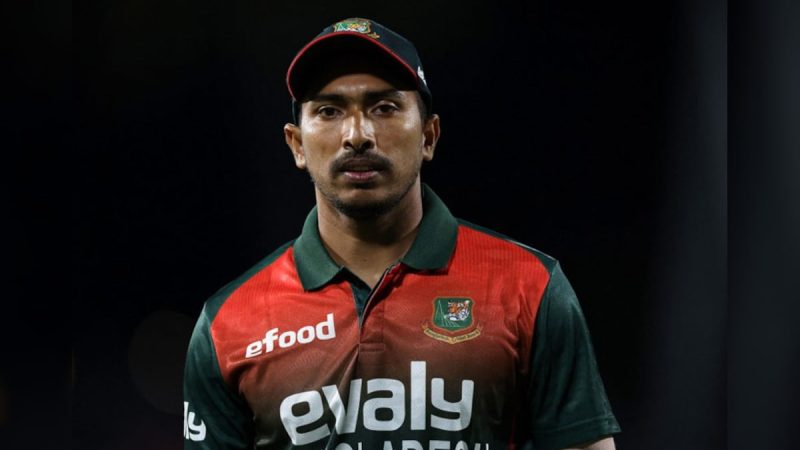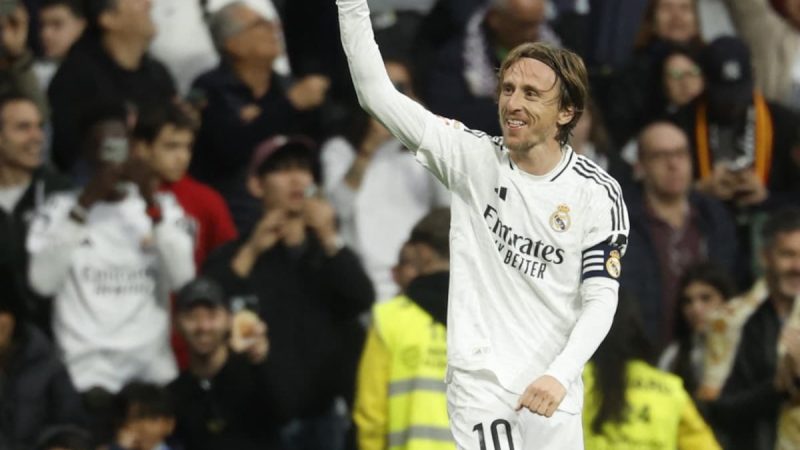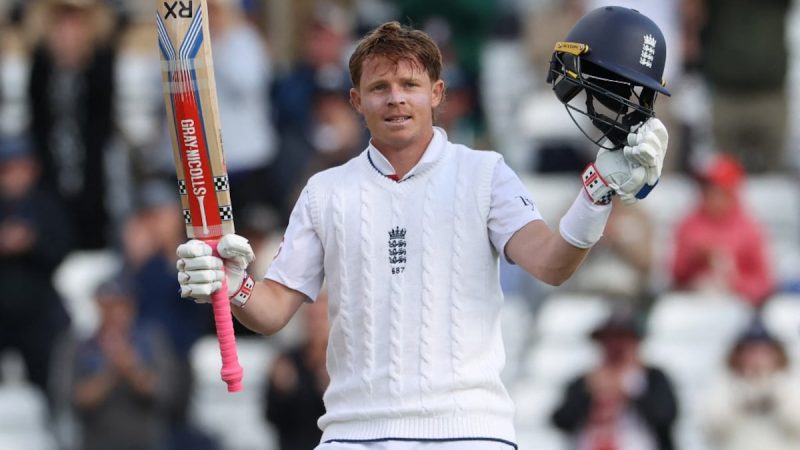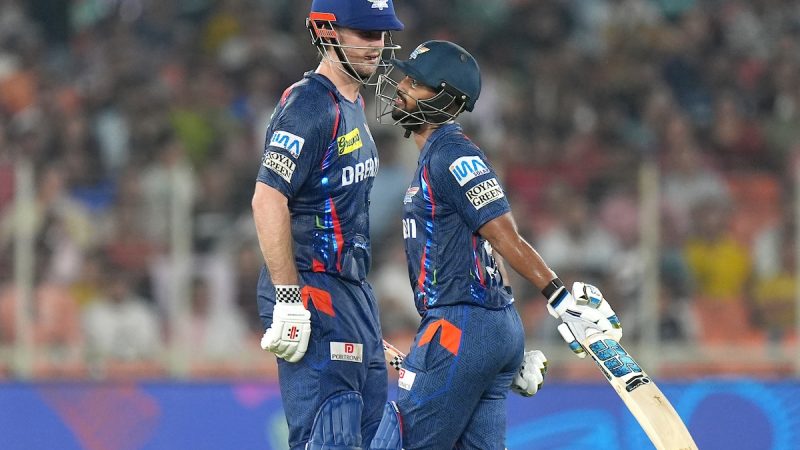Opinion: Peace, like war, is taught — and must be taught well
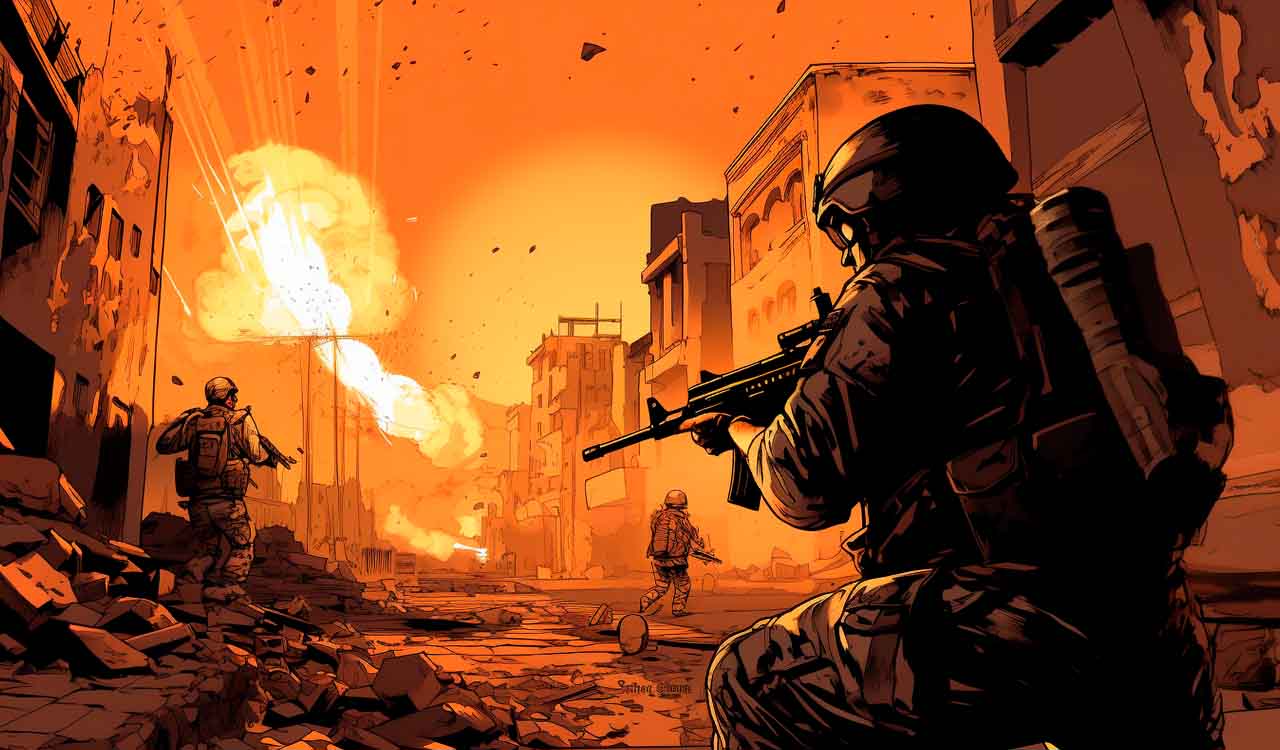
The path to peace lies not just in diplomacy or deterrence but in historical honesty — we must unearth the truths buried under official silence
Published Date – 22 May 2025, 08:32 PM

By Chada Rekha Rao
We talk of passing a pollution-free earth to posterity, and speak of a plastic-free world for future generations — but have we ever thought of passing along conflict- and war-free zones?
Wars do not erupt overnight. They are not sudden storms, but slow-building tempests of history, ideology and unresolved trauma. What the world witnesses today — in Gaza, Ukraine, Sudan, or along the borders of South Asia — is not the spontaneous failure of diplomacy, but the delayed detonation of past decisions left unhealed and unaddressed.
Unfinished Chapters
Modern conflicts are the unfinished chapters of historical injustice. They are shaped by borders drawn without consent, colonial occupations that ended without reconciliation, identities that were denied expression, and political promises that were broken. These are not distant relics of the past; they are fault lines buried just beneath the surface, waiting for pressure to erupt.
In a world where nationalism often distorts history into propaganda, students are taught who the enemy is, but not how and why conflicts started, producing generations that inherit not just memories of conflict but also the prejudices that fueled them
Take the enduring Israel-Palestine conflict — it is not merely a territorial dispute. It is the legacy of decades of displacement, disillusionment and denial of dignity. The same applies to the partition scars of South Asia, the ethnic wars of the Balkans, and the insurgencies in parts of Africa. These are not isolated flare-ups but consequences of history’s neglect.
Selective Memory
Nations often celebrate their victories but ignore the responsibilities those victories demand. Historical victimhood is remembered, but accountability is frequently omitted. As a result, many societies grow up on half-truths — glorified versions of the past that erase nuance and silence dissent. This selective memory breeds mistrust, entrenching identity politics and intergenerational bitterness.
The systems that perpetuate these conflicts are rarely dismantled. New leaders inherit old fractures — be it discriminatory laws, economic disparities or institutional bias. And unless deliberately addressed, these inherited injustices keep looping back as rebellion, radicalisation or war. Leaders change, but unless their vision transforms how we process history, peace remains a pause rather than a resolution.
Acknowledging Wrongs
Today’s wars are not only fought with weapons but also with narratives. Identity has become a battleground. Memory, when manipulated, becomes a means to divide rather than unite. In such a world, reconciliation is harder because both sides are taught different histories. Peace is not just about ceasefires or treaties — it’s about shared understanding, and that begins in the classroom.
We must also acknowledge the global failure to invest in peace education. In a world where nationalism often distorts history into propaganda, students are taught who the enemy is, but not why conflicts started. They learn pride, but not humility; slogans, but not context. This produces generations that inherit not just memories of conflict, but also the prejudices that fueled them.
The path to peace, therefore, lies not just in diplomacy or deterrence — but in historical honesty. We must unearth the truths buried under official silence. This means acknowledging colonial wrongs, addressing socio-political grievances, protecting minority rights and enabling platforms for inclusive dialogue.
History must be treated not as a battlefield, but as a classroom. When societies study history to understand rather than dominate, they create space for empathy, accountability, and healing. Until then, today’s wars will continue to echo the unfinished business of the past — and tomorrow’s peace will remain elusive.
Classrooms as Insights
And perhaps the biggest legacy we can leave behind is not monuments of power, but moments of reflection — where one generation says to the next: “We chose to understand, not to retaliate.” True courage lies not in repeating cycles of aggression but in breaking them.
It is high time international communities, educators and political leaders worked together to build a shared global curriculum — one that emphasises critical thinking, empathy and historical introspection. Only then can classrooms become breeding grounds not for ideology, but for insight. Only then can history become a bridge, not a barrier.
The future does not have to inherit our battles. It can inherit our wisdom — if we choose to pass it on.
And while textbooks, policies and treaties lay the foundation, it is within our homes, schools and communities that the culture of peace must truly begin. Parents must teach their children compassion, educators must nurture critical thought, and the media must take responsibility for its narratives. Peace, like war, is taught — and so it must be taught well.
Let us dream of a world where young people do not inherit hatred but hope. Let us imagine a generation that builds bridges across differences rather than walls around identities. A world where flags represent not dominance but dignity; where history is not a weapon but a window to understanding; where past wounds are not concealed but healed.
This is not an idealistic fantasy. It is a necessary reimagining of how we coexist on this fragile planet. For in the end, peace is not the absence of war but the presence of justice. And justice begins with truth.

(The author is an Educationist)

